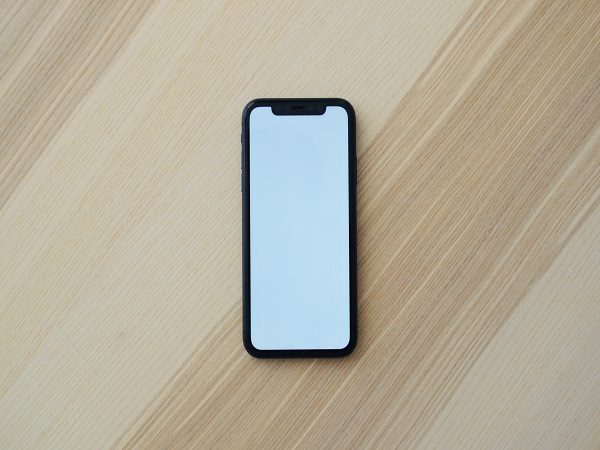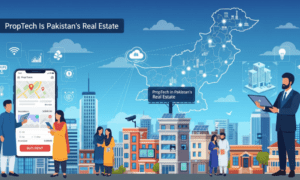Introduction:
In the fast-evolving world of mobile technology, choosing the right operating system (OS) for your smartphone is a pivotal decision. The two giants in the mobile OS arena, iOS and Android, have been engaging in an ever-growing competition, each offering unique features that cater to the diverse needs of users. In this article, we delve into an in-depth comparison of the latest versions of these operating systems, shedding light on their strengths, weaknesses, and distinctive characteristics.
iOS: A Seamless Ecosystem
iOS, the operating system designed exclusively for Apple devices, has earned a reputation for its seamless integration across the entire Apple ecosystem. From iPhones to iPads and even Apple Watches, the cohesive experience is a significant draw for users invested in the Apple ecosystem.
One standout feature of iOS is its intuitive and user-friendly interface. The design philosophy of iOS emphasizes simplicity without compromising on functionality. The app icons, sleek animations, and consistent design language contribute to a visually pleasing and easily navigable user experience.
Apple’s App Store, a cornerstone of the iOS ecosystem, boasts a curated selection of applications. The stringent app approval process ensures a higher level of security, protecting users from potential threats. Additionally, the exclusivity of certain apps on the iOS platform often results in optimized and polished applications.
Android: Customization and Diversity
On the other side of the spectrum is Android, an open-source operating system that powers a myriad of devices from various manufacturers. Android’s greatest strength lies in its unparalleled customization options. Users have the freedom to personalize their devices extensively, from widgets and themes to the overall layout of the interface.
The Google Play Store, Android’s equivalent to the App Store, boasts a vast array of applications. While the approval process is generally more lenient, offering greater flexibility for developers, it also means users must exercise caution to avoid potential security risks. However, Android’s openness fosters innovation, leading to a more diverse app ecosystem.
Transitions and Compatibility:
When it comes to transitions between applications and tasks, both iOS and Android have made significant strides. iOS excels in offering a seamless and fluid transition experience, with smooth animations and quick response times. On the other hand, Android’s transition effects may vary across devices, given the diverse range of hardware specifications and manufacturer overlays.
Android’s open nature, while providing greater device diversity, often results in delayed updates for some users. The timeline for receiving the latest Android updates depends on both the device manufacturer and the carrier, leading to a fragmented user experience.
App Integration and Multitasking:
iOS sets itself apart with its deep integration between applications. This is evident in features such as Handoff and Continuity, allowing users to seamlessly switch between Apple devices while maintaining the same workflow. The iOS ecosystem’s strength lies in the effortless synchronization of apps, creating a cohesive user experience.
Android, while lacking the same level of integration as iOS, compensates with superior multitasking capabilities. Android devices often support split-screen functionality, enabling users to run multiple apps simultaneously. This multitasking prowess caters to users who prioritize productivity and efficiency on their mobile devices.
Voice Assistants and AI Integration:
The battle of voice assistants between Siri and Google Assistant is another aspect of the iOS vs. Android comparison. Siri, Apple’s voice assistant, is deeply integrated into the iOS ecosystem, allowing users to perform various tasks hands-free. However, some users find Siri’s limitations in understanding natural language and contextual queries to be a drawback.
On the Android side, Google Assistant shines with its advanced AI capabilities. Google Assistant leverages the power of Google’s extensive knowledge graph to provide more contextually relevant responses. Its ability to comprehend complex queries and offer personalized suggestions contributes to a more intuitive user experience.
Security and Privacy:
Security is a critical concern for smartphone users, and both iOS and Android have implemented robust measures to protect user data. iOS, with its closed ecosystem and stringent app approval process, is often considered more secure. Apple’s dedication to user privacy is evident in features like App Tracking Transparency, empowering users with control over app data collection.
Android, with its open nature, relies on a combination of Google Play Protect and device-specific security measures. While the Google Play Protect service scans apps for potential threats, the fragmentation in the Android ecosystem may lead to varying security levels across different devices.
Conclusion:
In the ever-evolving landscape of mobile operating systems, the choice between iOS and Android ultimately comes down to individual preferences and priorities. iOS offers a seamless and integrated experience within the Apple ecosystem, while Android provides unparalleled customization options and a diverse range of devices.
Whether you prioritize a tightly knit ecosystem with timely updates and seamless integration (iOS) or value the freedom to personalize your device and leverage advanced multitasking capabilities (Android), both operating systems continue to push the boundaries of innovation. As technology advances, the competition between iOS and Android will undoubtedly lead to further enhancements, providing users with increasingly sophisticated and user-friendly mobile experiences.



































